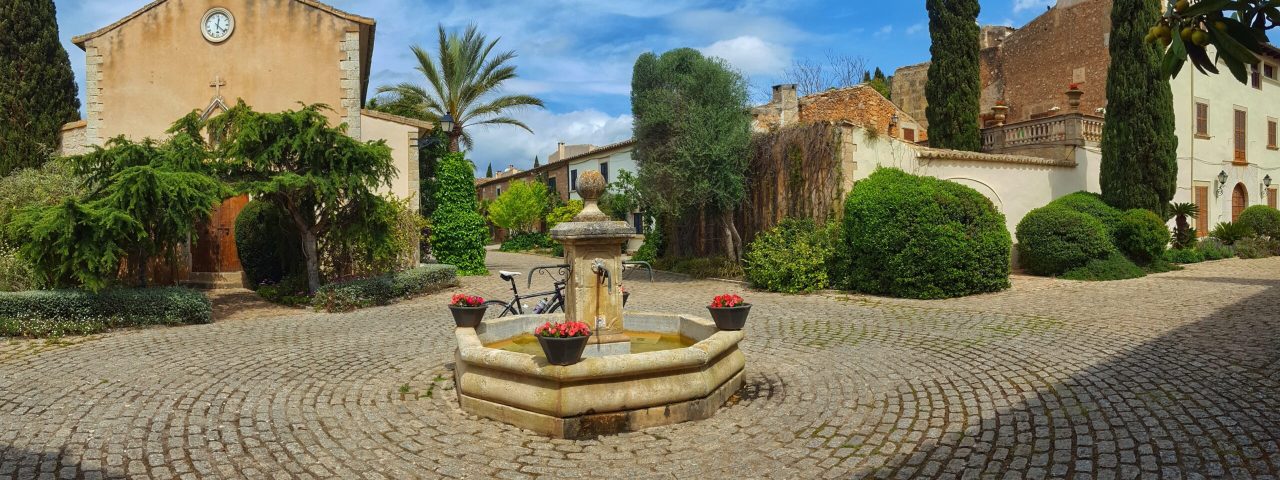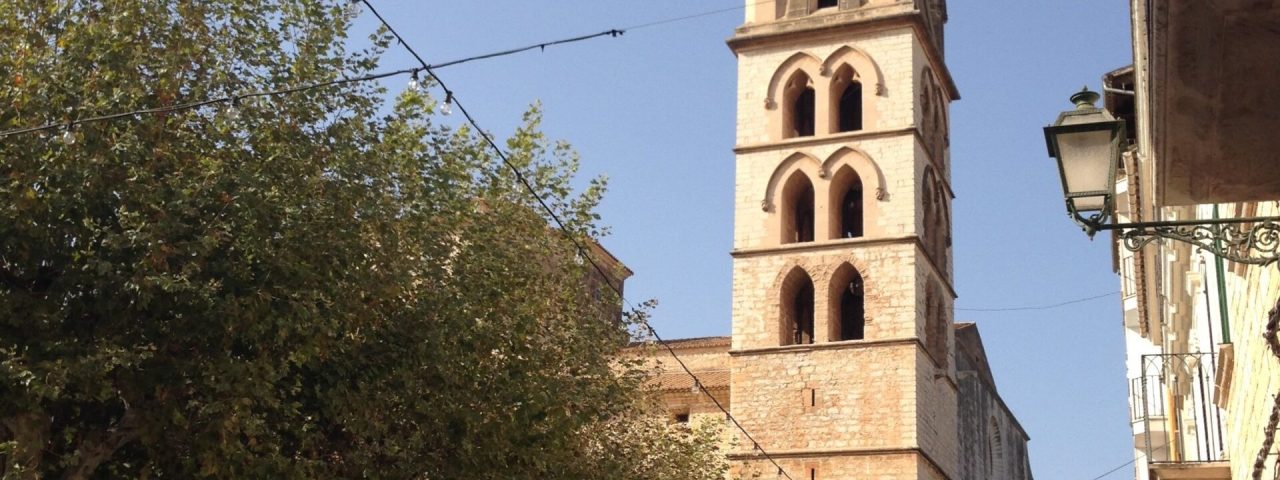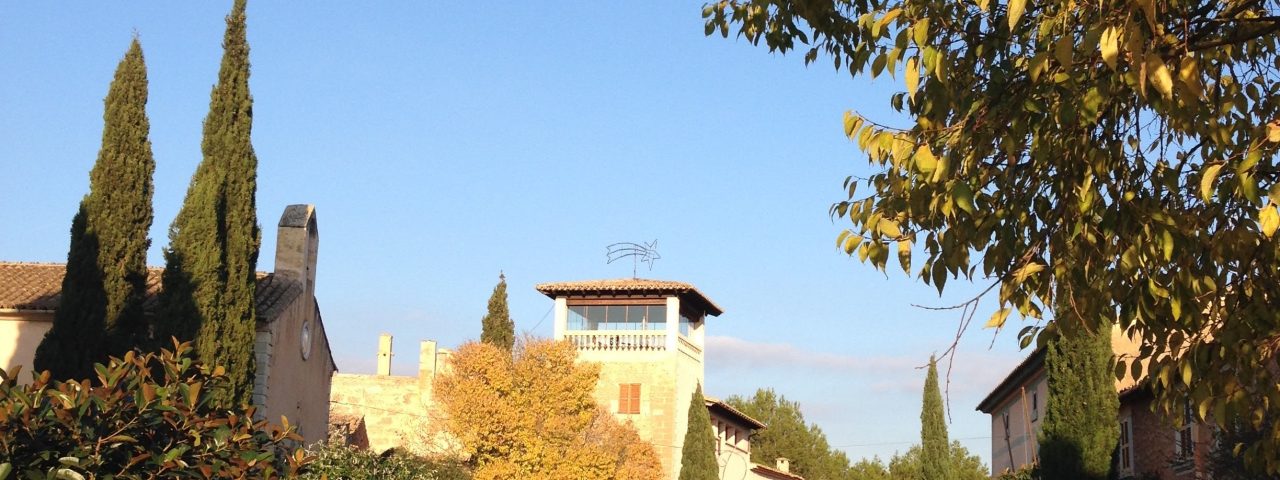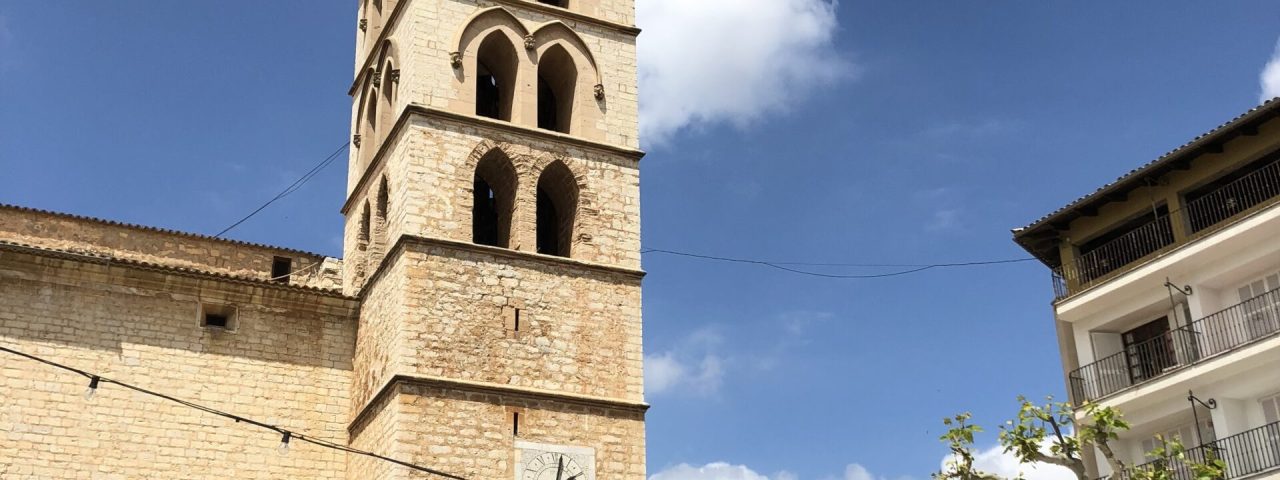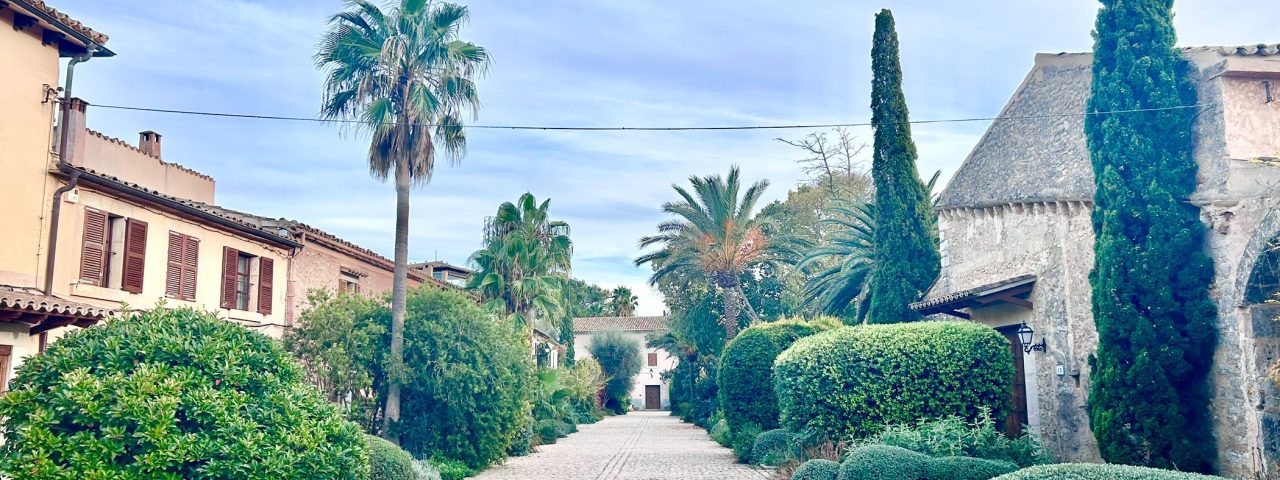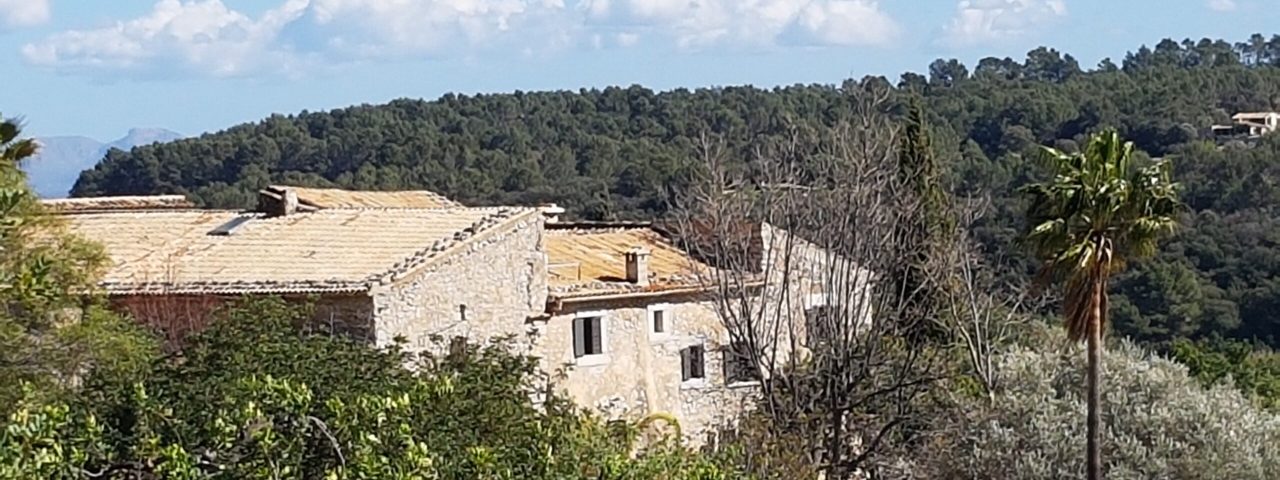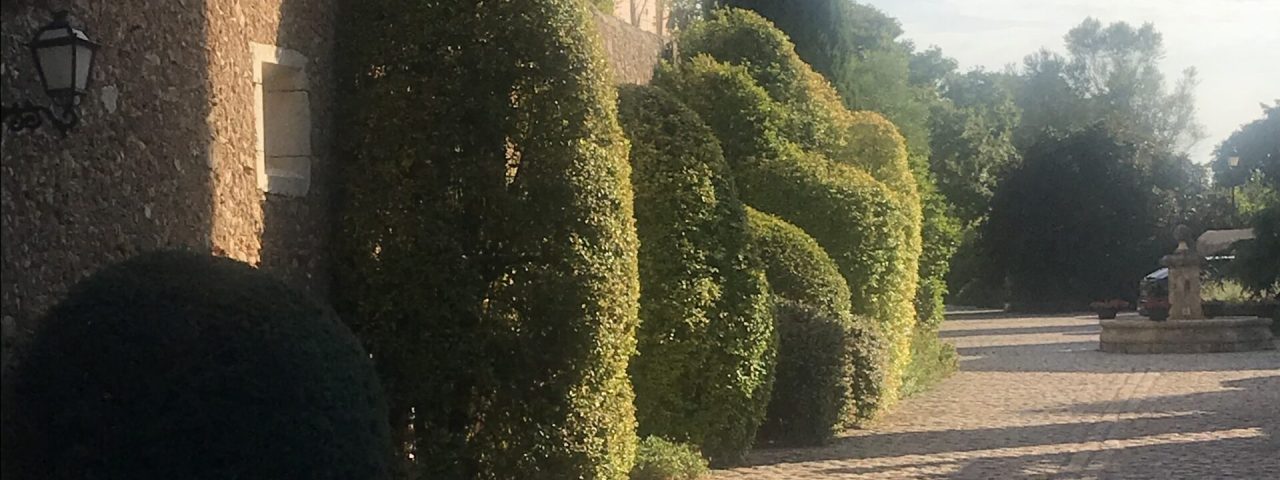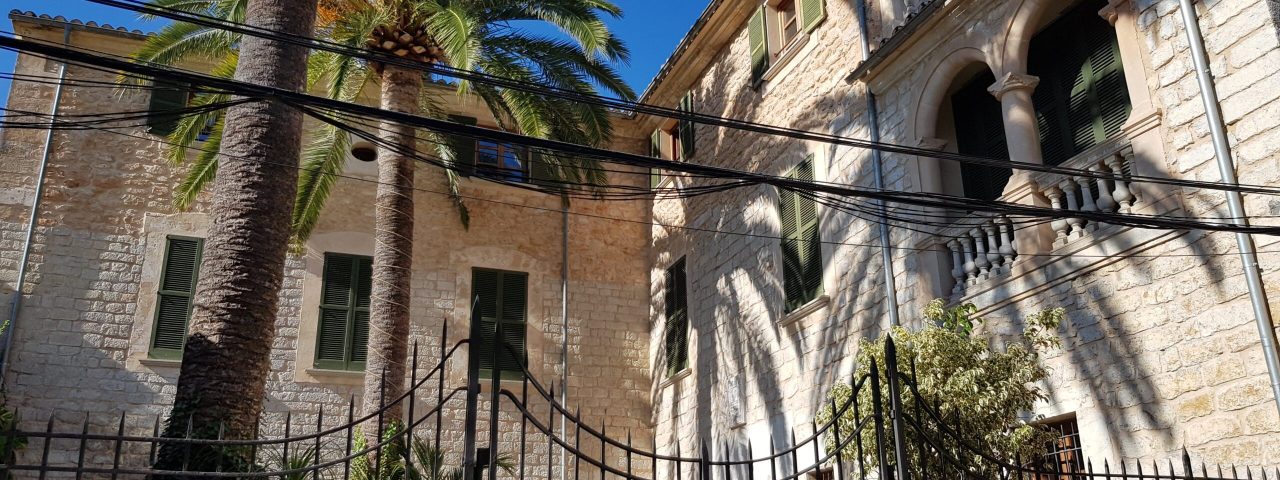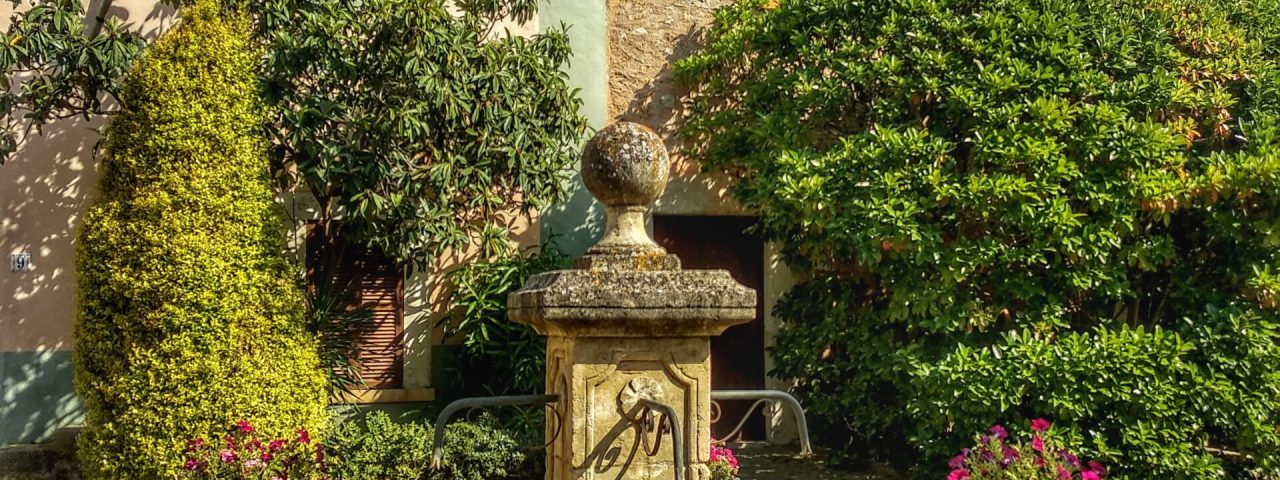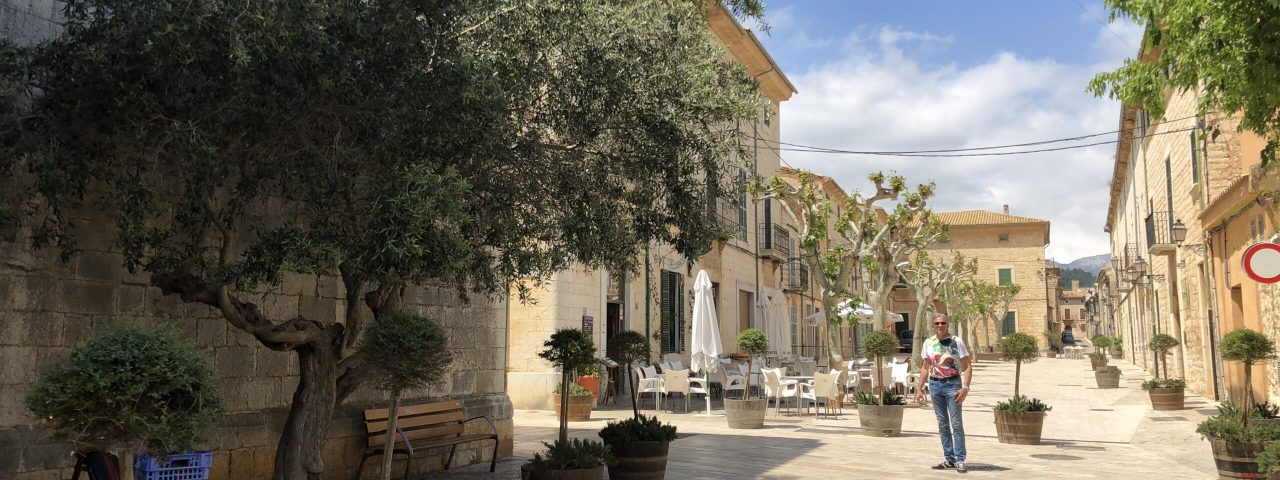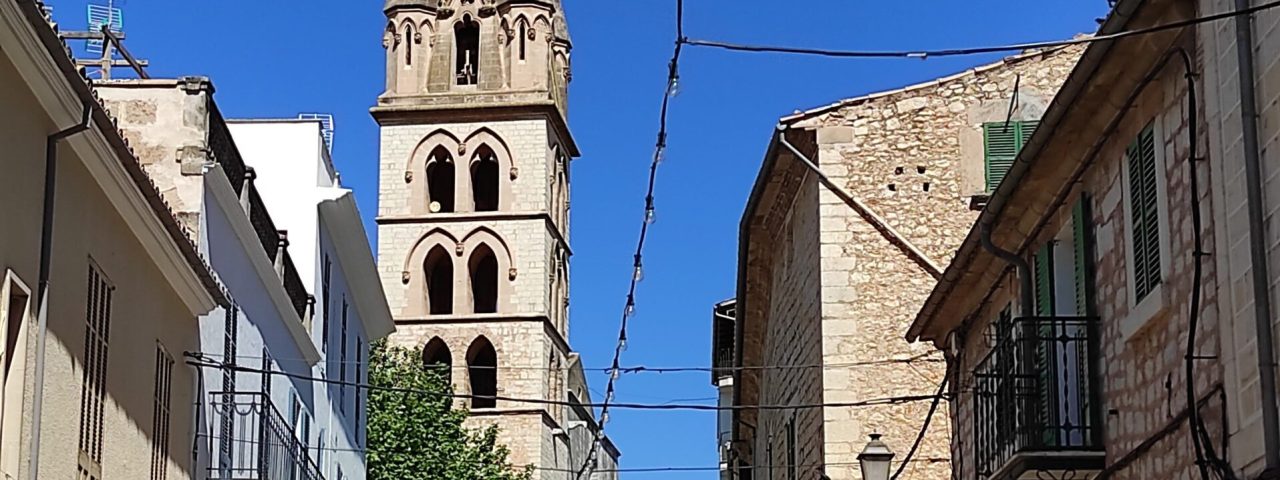Binissalem has a rich historical tapestry, shaped by a blend of Roman, Moorish, and Christian influences. The town dates back to Roman times, with its name believed to have Arabic origins from the era of Moorish rule, highlighting its multicultural past. After the Christian reconquest in the 13th century, the town flourished as a center for agriculture and craftsmanship, particularly in stone masonry and wine production, which remain integral to its identity today.
One of the town’s most significant cultural events is the annual Festa des Vermar, or Grape Harvest Festival, which celebrates the region’s wine heritage every September. The festival attracts visitors from across the island for its parades, wine tastings, traditional dancing, and grape-stomping competitions. The event embodies the town’s close-knit community spirit and its deep-rooted connection to viticulture.
Local customs in Binissalem revolve around its agricultural heritage. Many families have been working the land for generations, and this is reflected in the town’s traditions. Stone buildings constructed using local limestone, artisanal crafts, and the rich viticultural tradition are central to its identity. Walking through Binissalem feels like stepping back in time, with historical landmarks such as the Gothic-style Sant Jaume Church standing as a testament to its cultural richness.
